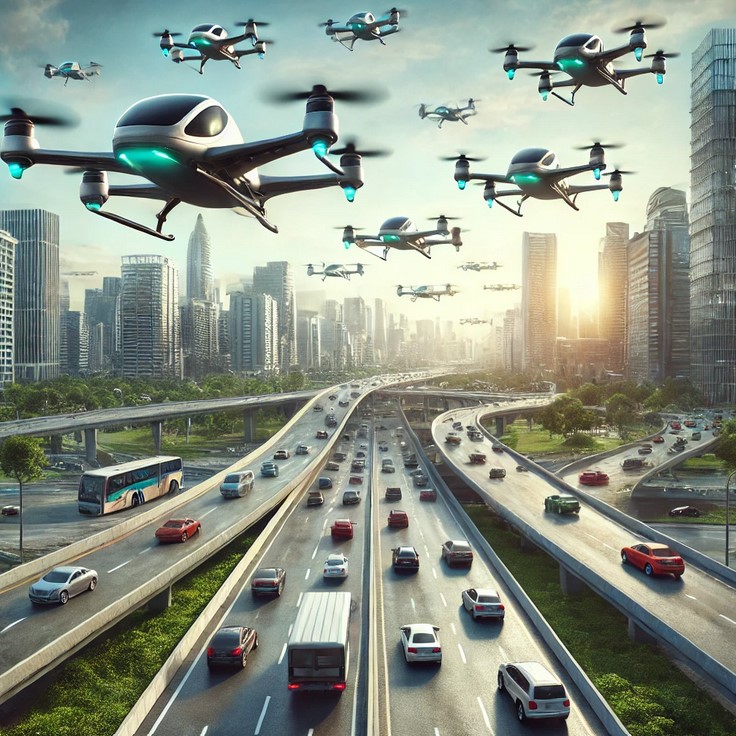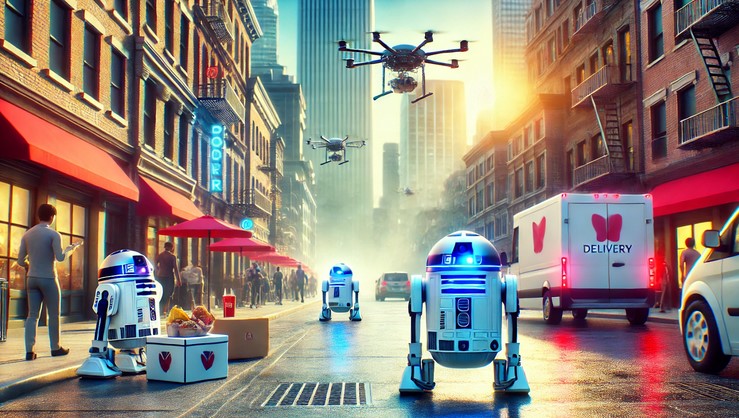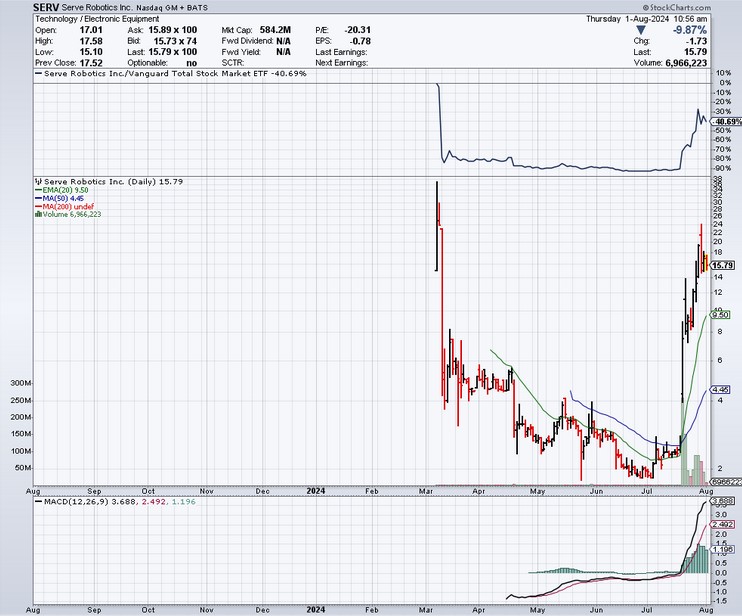The classroom, once a static space defined by chalkboards and textbooks, is on the cusp of a profound transformation. Artificial Intelligence (AI), once the realm of science fiction, is rapidly becoming an integral part of education, promising to reshape the learning experience for both students and teachers. As we embark on this journey into the AI-enhanced classroom of the future, it is essential to explore the potential benefits, challenges, and ethical considerations that lie ahead.
Personalized Learning: Empowering Every Student
One of the most exciting prospects of AI in education is the potential for truly personalized learning experiences. Traditional classrooms often struggle to cater to the diverse needs and learning styles of every student. AI has the power to change that.
Imagine a classroom where each student has an AI-powered learning companion, tailoring lessons and activities to their individual strengths, weaknesses, and interests. Struggling students could receive additional support and practice, while advanced learners could be challenged with more complex material. AI could also provide real-time feedback, helping students identify areas for improvement and track their progress over time.
Several educational platforms are already experimenting with personalized learning. For example, DreamBox Learning uses AI to adapt math lessons to individual students, providing personalized instruction and feedback. Carnegie Learning's MATHia platform uses AI to identify student misconceptions and provide targeted interventions.
Intelligent Tutoring: Expanding Access to Support
AI-powered tutoring systems hold the promise of providing personalized support to students beyond the classroom. These systems could be available 24/7, offering students help with homework, test preparation, and concept clarification whenever they need it.
AI tutors could also leverage natural language processing and machine learning to understand student questions and provide relevant explanations. They could adapt their teaching styles to individual students, offering different approaches to explain complex concepts.
Several AI tutoring systems are already in use. For example, Khan Academy offers free online courses and personalized practice exercises. Carnegie Learning's Mika platform provides personalized tutoring and feedback to students.
Automated Grading and Feedback: Freeing Up Teacher Time
Grading assignments and providing feedback can be a time-consuming task for teachers. AI has the potential to automate many of these routine tasks, freeing up teachers to focus on more meaningful interactions with students.
AI-powered grading systems can analyze student work, provide feedback on grammar and mechanics, and even assess higher-order thinking skills. This could allow teachers to spend more time providing individualized support to students, designing engaging lessons, and collaborating with colleagues.
Several tools are already available to help teachers with automated grading and feedback. For example, Gradescope uses AI to help grade assignments and provide feedback to students. Turnitin uses AI to check for plagiarism and provide feedback on originality.
Data-Driven Insights: Informing Instruction and Decision-Making
AI can also help teachers and administrators gain valuable insights into student learning. By analyzing data on student performance, engagement, and behavior, AI can help identify students who may be struggling or at risk of falling behind. This information can be used to provide targeted interventions and support to those students.
AI can also help teachers identify areas where their instruction may be ineffective or where students are struggling to grasp key concepts. This information can be used to adjust lesson plans, provide additional support, and ensure that all students are on track to succeed.
Several learning analytics platforms are already available to help teachers and administrators gain insights into student learning. For example, Google Classroom provides teachers with data on student engagement and performance. Microsoft Teams for Education offers similar features, as well as tools for collaboration and communication.
Immersive Learning Experiences: Engaging and Inspiring Students
AI has the potential to create immersive and engaging learning experiences that go beyond the traditional classroom. Virtual reality (VR) and augmented reality (AR) technologies can transport students to different times and places, allowing them to explore historical events, scientific phenomena, and cultural landmarks in a whole new way.
AI-powered simulations and games can provide students with hands-on experiences that would be impossible or impractical in a traditional classroom. These experiences can help students develop problem-solving skills, critical thinking, and creativity.
Several companies are already developing immersive learning experiences using AI and VR/AR technologies. For example, Google Expeditions allows students to take virtual field trips to different parts of the world. Labster offers virtual science labs where students can conduct experiments and explore scientific concepts.
Challenges and Ethical Considerations
While the potential benefits of AI in education are significant, there are also challenges and ethical considerations that must be addressed.
One of the main challenges is ensuring that AI is used equitably and does not exacerbate existing educational disparities. It is important to ensure that all students have access to AI-powered tools and resources, regardless of their socioeconomic background or location.
Another challenge is ensuring that AI is used ethically and responsibly. It is important to ensure that AI algorithms are transparent and unbiased, and that student data is protected and used appropriately.
Finally, it is important to ensure that AI does not replace the human connection in education. While AI can provide valuable support and insights, it is essential that teachers remain at the heart of the learning experience. AI should be used to enhance, not replace, the role of teachers in inspiring and guiding students.
The Road Ahead
The future of the AI-enhanced classroom is full of possibilities. AI has the potential to transform the way students learn, teachers teach, and schools operate. By embracing AI and addressing the challenges and ethical considerations, we can create a future where all students have the opportunity to reach their full potential.
As we move forward, it is important to continue researching and developing AI-powered educational tools and resources. We must also ensure that teachers and administrators are trained in the effective use of AI in the classroom. By working together, we can create a future where AI empowers every student to learn, grow, and succeed.








